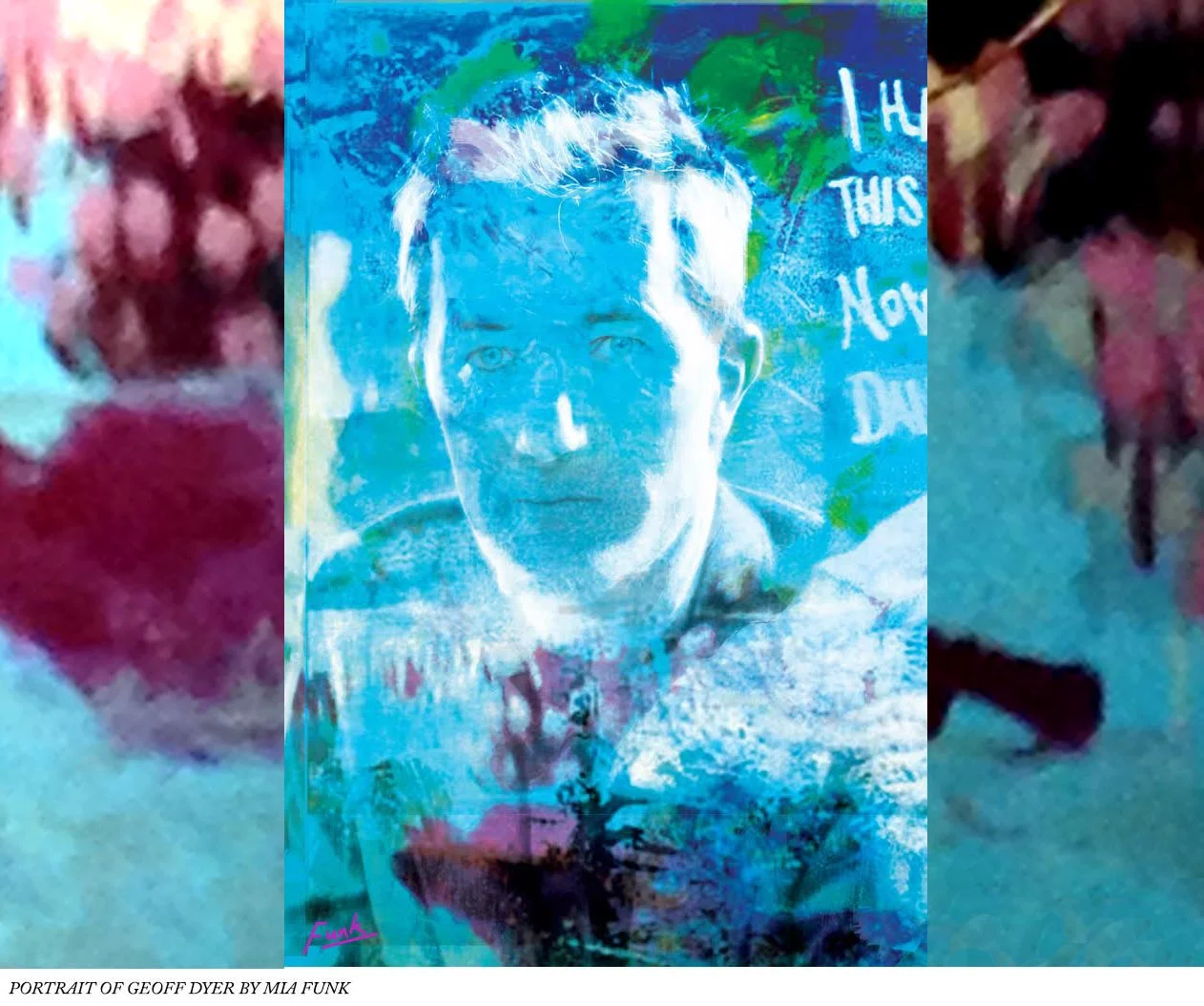The first thing I was going to say about this talk is that it's a work in progress. Lucky I caught myself. Because, well, when is writing ever finished? I don't mean to be twee. What I mean is that it's the authority immanent in notions of completeness or finality which I sought to challenge in my strange colour talk. God knows it if worked.
Let me explain. My main goal in asking What was the colour of the 1990s? was to open up ways of thinking that might prompt a derailing of the authoritativeness of historical narrative as commonly exercised (or, rather, imposed). For sure it's a silly question, but a little bit of mischief seemed the way forward when authority itself was the enemy.
It's a question I both asked and made tentative attempts to answer with the help of two main spirit guides. The first was the French surrealist Michel Leiris, who knew a thing or two about mischief. Speaking at a meeting of the Paris-based College of Sociology in 1938, Leiris insisted that self-knowledge was a matter of intuiting for oneself the colour of the sacred. With that, he left the room. Michael Taussig took this challenge up in his 2009 book What Color is the Sacred?
Spirit Guide Two was Geoff Dyer, who just seems to get it. His novel in which not all that much happens, The Colour of Memory (1989), spoke to my concerns in several ways. That lack of much happening is a big part of it: Dyer offers up vignette after vignette after vignette, such that you want to smash your head against a wall, or, at the very least, skip forward a few pages to see if maybe a new character has been introduced (don't hold your breath). But then, as Dyer notes, plots are what get people killed. Likewise history as a straight line, the passing of time as progress.
So story is done away with and instead we are left with fragments, memories of Brixton in the 1980s frequently shot through with vivid descriptions in and of colour: a dog’s frightened eyes shining red; fireworks exploding green, red and yellow; piss-coloured wallpaper; the petrol-station blue sky; pale yellow and pale blue shirts; the narrator’s newly-magnolia walls,magnolia being ‘not even not a colour’; or clouds flecked with lemon or pink, becoming bruise purple.
And we're left, too, with the writing, the beautiful writing – words freed from their usual duties in the service of narrative and going kinda wild.
Listen to the podcast of this paper which was delivered at Colours of Memory: an International Conference on the Writing of Geoff Dyer held on July 11, 2014 at Birkbeck, University of London.
Morgan Daniels teaches history at Arcadia University's London Center and Queen Mary, University of London. His current research is concerned with radio broadcasting and the sea. Forthcoming is 'Some moments of flag desecration in professional wrestling' in Broderick Chow, Eero Laine, & Claire Warden (eds.), Performance and Professional Wrestling (Routledge, 2016).














































































